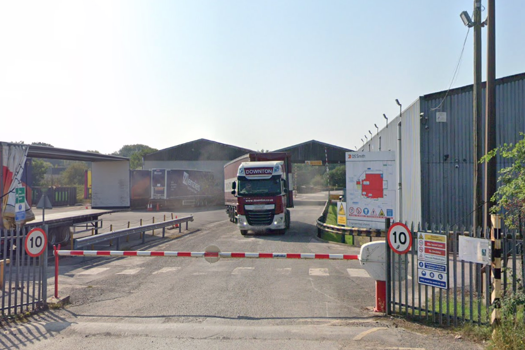The expansion, which will be accompanied by a 35% boost in staff, took nearly a year to complete and doubles the production capacity of the company’s CAB-O-JET small molecule color and polymer-attached pigment dispersion lines.
General manager for Cabot inkjet colorants Julie Planchet, said the company’s 20-year involvement in the consumer and home office/small office inkjet space gives Cabot not only the expertise, but also the relationships, to take advantage of the commercial printing industry transition from offset to digital inkjet.
"We’ve been able to take a lot of that technology and leverage it into the significantly growing commercial space," she added. "If you look there are about 500 ink jet presses that are installed today. We expect that to grow to about 1200 by 2015—that’s about a 35% constant average growth rate. Many of those presses currently are used in transactional, but if you look today you’re seeing inkjet also used in trade books and direct mail."
In a release announcing the expansion, the company also cited opportunities for inkjet production in graphics, labels, packaging and signage.
Cabot recently showcased their technology before a global audience during a panel at drupa, but Planchet said currently many of the inkjet commercial printers are based in North America.
While Planchet would not discuss specific customers, Cabot’s clients for its pigment dispersion technology include inkjet equipment makes, OEMs as well as commercial printers themselves. She suggested the attractiveness of the space for Cabot comes not only from the robust margins but also from the expected increase in demand.
"We have a technology, which is patented, called calcium binding,’ she added. "It surface modifies the ink to the paper. Calcium binding really enables commercial printers, especially in the trade book and direct mail, to use the same papers they use in offset. And when they’re looking to make this transition, being able to use the same substrates makes this a lot easier."
Tweet







